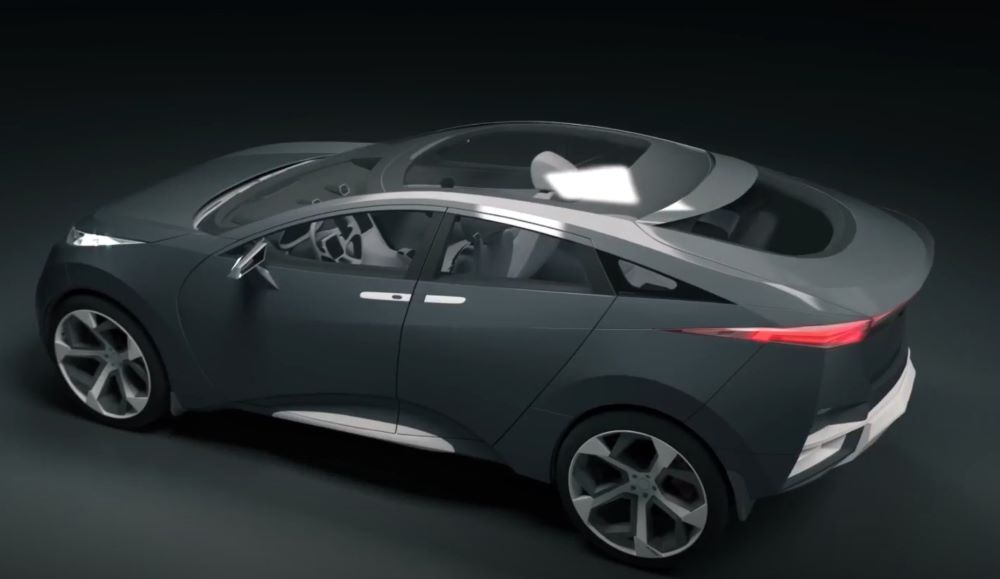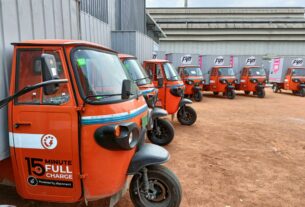A developer of high-performance smart materials and nanocomposites, announced it has entered into a Memorandum of Understanding (“MOU”) in partnership with DuPont Teijin Films and Mitsubishi Electric Europe. Using META’s PLASMAfusion®, the parties plan to scale a proprietary, high volume, roll-to-roll manufacturing system for film-based, coated copper current collectors. The film-based products will reduce battery weight and cost, improve energy efficiency, extend vehicle range, and enhance safety against the risk of battery fires (known as thermal runaway) compared to standard Li-Ion batteries for electric vehicles and other use cases.

“Current Li-Ion battery innovations focus mainly on extending battery range and life span. With today’s climate crisis and the increased demand for Electric Vehicles, a next generation Li-Ion battery is required that is more sustainable and safer,” said George Palikaras, META’s President and CEO. “We are excited to form a strategic alliance with Dupont Teijin Films and Mitsubishi Electric Europe focused on scaling PLASMAfusion® in a proprietary high volume battery coating system that can reduce copper volume and provide superior functionality, reduced cost, and improved battery safety.”
The MOU is focused on developing battery materials, such as coated copper current collectors and solid-state battery electrodes, as a multi-year project in several stages: a pilot-scale roll-to-roll system, to be followed by an industrial scale mass production line, and further development of the application to the production of solid-state batteries. META will contribute the PLASMAfusion® technology platform, system development and independent testing of finished cells; DuPont Teijin Films will develop and supply the polyester substrates, and Mitsubishi Electric Europe will contribute automation technology, expertise, and interface to machine builders.
“We are confident that our thin polyester film manufacturing technology, coupled with our fundamental knowledge in polyester material science, will help deliver a solution to the lithium-ion battery market to improve safety and performance,” said Dave Wall, Global Technology and Market Development Leader for DuPont Teijin Films. “This collaboration with Meta Materials and Mitsubishi Electric is a perfect example of how DuPont Teijin Films innovates alongside talented partners to meet global challenges.”
“This partnership is a very good recipe for success: combining the providers of the key processing technology, the key raw material and the automation technology is how this coated copper current collector film can become a commercial reality. This project shows how Mitsubishi Electric can support the industrialization process with its network of partners, automation, and industrialization technologies,” said Klaus Petersen, Director Lithium Battery Industry, of Mitsubishi Electric Europe.
According to an S&P Global Future of Copper report, the world may face a shortfall of between 1.6 and 9.9 million tons of copper by 2035. Even under an optimistic scenario, supply would not meet the copper demand required for net-zero emissions by 2050. An EV requires 2.5 times more copper than an ICE vehicle and the forecasted supply shortage needs a better solution than more mining. Current collectors used on the cathode and anode are made from aluminum and copper foils, respectively, and together contribute about 15% of the weight of the battery cell; the heavier copper material accounts more than 10%.
META’s PLASMAfusion® technology has already been demonstrated in a project funded by the UK Research and Innovation Faraday Battery Challenge. Thin layers of copper are deposited on both sides of a polyester substrate, reducing the weight of the current collector by up to 80%. Lighter weight increases energy density, extending vehicle range. The polyester inner layer acts like a fuse, helping to inhibit thermal runaway. This new battery technology can reduce the dependence on copper that is needed for the other parts of electric vehicles. With copper consumption in electric vehicles predicted to increase to 4 million tons annually by 2040, this innovation could save millions of tons of copper.
Assuming a 65kWh battery pack, as larger and longer-range vehicles enter the market, META estimates a typical EV would require about 650 square meters of anode current collector material. Each GWh of battery capacity would require about 10 million square meters of material, enough to produce about 15,000 vehicles. To supply one million EVs would require 650 million square meters of anode current collector material. The improved energy density of these batteries is expected to not only increase the range of electric vehicles but also make electric aviation more feasible, as well as improve portable electronics and power tools.




